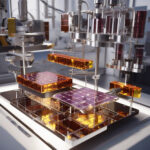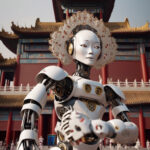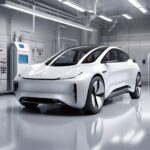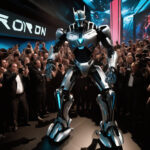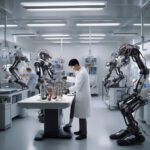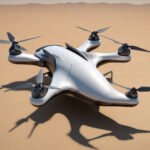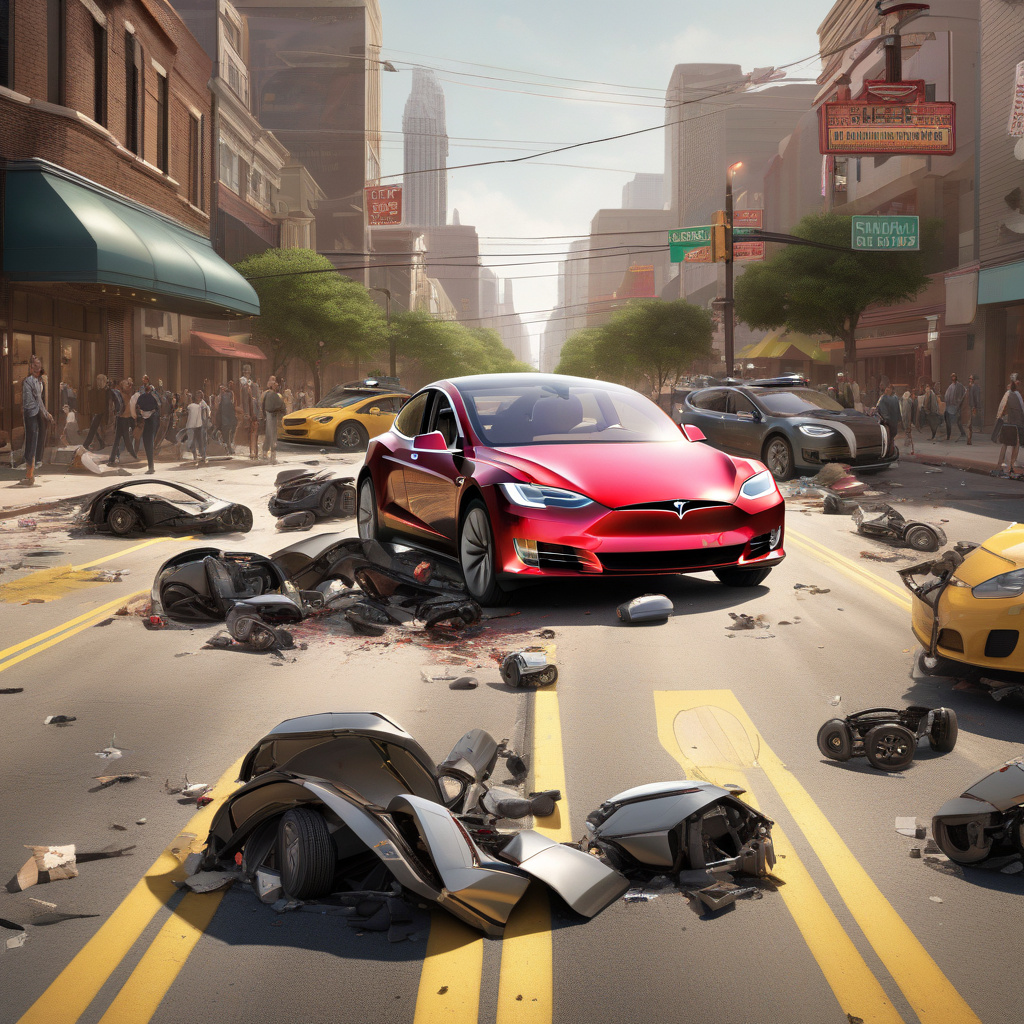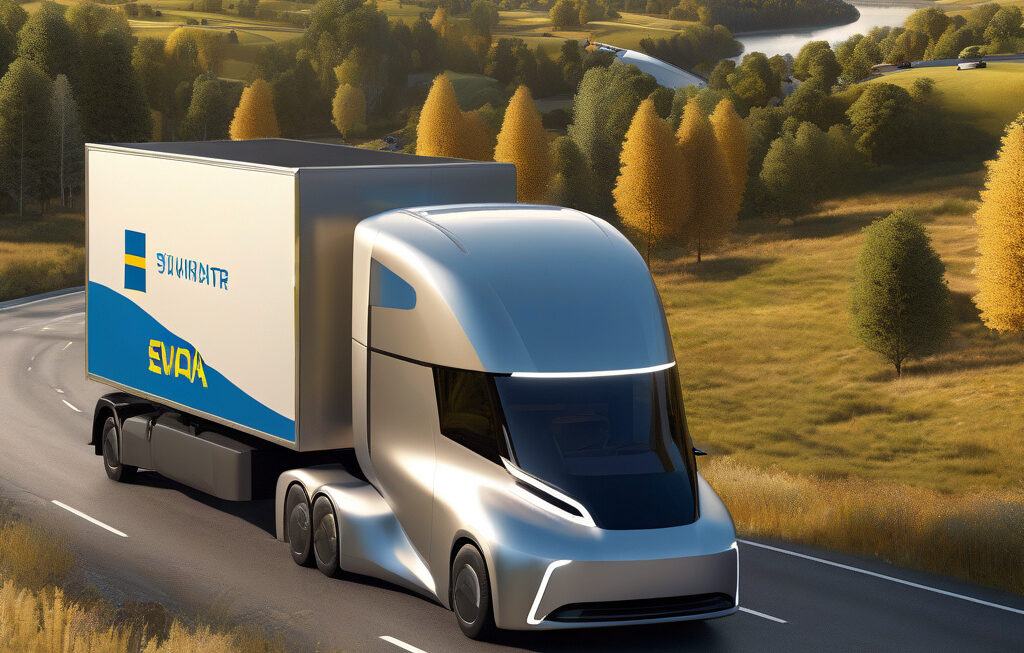Austin’s streets see chaos as Tesla robotaxi brakes, swerves, and drops riders mid-road
Tesla’s robotaxi service in Austin, Texas, is already raising alarms, less than a week after its launch. The much-anticipated autonomous taxi service, which aims to revolutionize the transportation industry, is facing a backlash as reports emerge of erratic behavior on the city streets.
Witnesses have described scenes of chaos as Tesla’s robotaxis navigate the bustling urban environment. Reports of sudden braking, unexplained swerving, and even passengers being dropped off mid-road have caused concern among city officials and residents alike. While the concept of self-driving cars promises increased safety and efficiency on the roads, these early teething issues highlight the challenges that come with integrating autonomous vehicles into a complex urban landscape.
The incident that has garnered the most attention involved a Tesla robotaxi abruptly stopping in the middle of a busy intersection, leaving its passengers stranded as confused motorists tried to navigate around the stationary vehicle. This unexpected behavior not only poses a risk to the passengers inside the autonomous car but also endangers other road users, potentially leading to accidents and traffic congestion.
Critics have been quick to point out that while autonomous technology holds great promise, it is not without its flaws. The complexities of real-world driving scenarios, with unpredictable human behavior and ever-changing road conditions, present a significant challenge for self-driving vehicles. As seen in Austin, the transition to a fully autonomous transportation system is likely to be a bumpy ride, with hurdles that must be overcome before widespread adoption can become a reality.
Despite these early setbacks, supporters of Tesla’s robotaxi service remain optimistic about the potential benefits of autonomous driving. Proponents argue that once the technology is refined and perfected, self-driving cars will offer a safer, more efficient, and environmentally friendly alternative to traditional human-operated vehicles. By reducing accidents, alleviating traffic congestion, and lowering carbon emissions, autonomous vehicles have the potential to transform the way we think about transportation.
As Tesla works to address the issues plaguing its robotaxi service in Austin, the incident serves as a reminder of the importance of thorough testing and regulatory oversight in the development of autonomous technology. While innovation should be encouraged, it must be balanced with a commitment to safety and reliability to ensure the smooth integration of autonomous vehicles into our cities.
In the coming weeks and months, all eyes will be on Austin as Tesla’s robotaxi service continues to navigate the city streets. The success or failure of the autonomous taxi service in this early stage will have far-reaching implications for the future of self-driving cars and the wider transportation industry. As we stand on the cusp of a transportation revolution, it is essential that we proceed with caution, vigilance, and a commitment to putting safety first.
#Tesla #Austin #Robotaxi #AutonomousVehicles #TransportationRevolution
